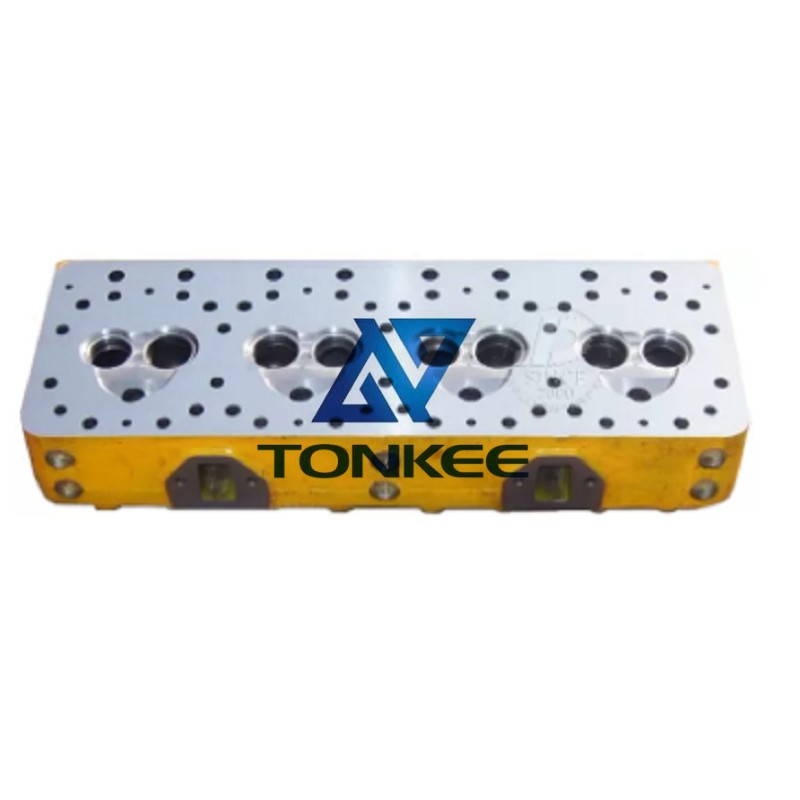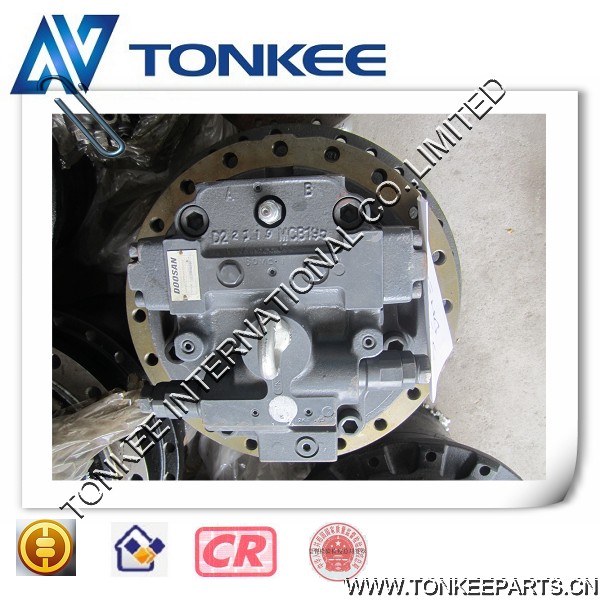
First and foremost, the 4D130 6115-10-1001 cylinder head is designed to be a durable and high-quality component.
It is crafted to withstand the demanding conditions of construction sites, where heavy loads, abrasive materials, and prolonged operation are the norm. The material used in its construction is typically cast iron or aluminum alloy, known for their robustness and heat dissipation capabilities. This ensures that the cylinder head can endure high-temperature and high-pressure conditions within the engine without succumbing to wear and tear.
The primary function of the cylinder head is to seal the combustion chamber, creating a closed space where the air-fuel mixture can be ignited and the power stroke can occur. It houses the valves, spark plugs (in gasoline engines), and the fuel injector nozzles (in diesel engines). These components are strategically positioned and integrated into the cylinder head to facilitate efficient and controlled combustion, translating into optimum power generation and reduced emissions.
One of the most critical aspects of the 4D130 6115-10-1001 cylinder head is its compatibility with the 4D130 engine model. A precise fit is essential to prevent any leakage of gases, as well as to maintain the engine's compression ratio, which affects its efficiency and performance. The design and specifications of this cylinder head are engineered to meet the specific requirements of the 4D130 engine, ensuring a seamless integration.
Moreover, the cylinder head incorporates a cooling system to manage the immense heat generated during combustion.
It typically features water jackets and coolant passages that allow coolant to circulate around the combustion chambers, thus preventing overheating and maintaining engine temperature within the optimal range. This is crucial for prolonged engine life and sustained performance.
The 4D130 6115-10-1001 cylinder head also includes other integral components such as valve seats, guides, and seals. These elements are essential for controlling the flow of gases and ensuring that there is no leakage or blow-by during the combustion process. The valve seats and guides are precision-machined to maintain the correct valve clearance and prevent excessive wear, which can lead to reduced engine efficiency.



 English
English Русский язык
Русский язык




